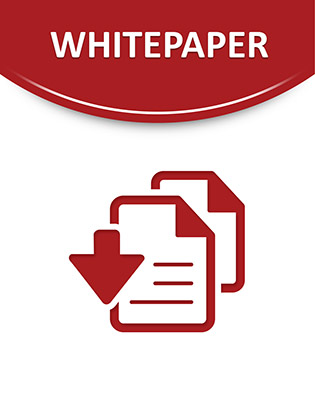
In spirit, both traditional and agile project delivery embody similar principles and practices that aim to deliver measurable results. Traditional project delivery can be described as a “waterfall” approach, which presumes that the requirements, expectations, duration, activities and outcomes of projects can be predicted accurately and planned in a sequence before any actual development activity takes place. As a result, in actual practice, the following factors generally are significant limitations of traditional project delivery:Clients typically have difficulty in articulating all project requirements at the front end.The ultimate goal is to produce a comprehensive requirements document for sign-off by the users/customers before development can occur.According to Sanjiv Augustine, agile project delivery “is a way of managing projects to deliver customer value via adaptive planning, rapid feedback, continuous improvement and intense human interaction and collaboration” (16). Delivering “customer value” is a key aspect of agile project delivery. Agile project management is conducted through the collaboration of a small, co-located team that usually consists of the customer/end user, a project manager, a business analyst (or the role of business analysis) and specialist(s). Specialists could include system developers, subject matter experts, IT architect and/or the sole person with specific knowledge or expertise who understands how all the project pieces fit togethe
